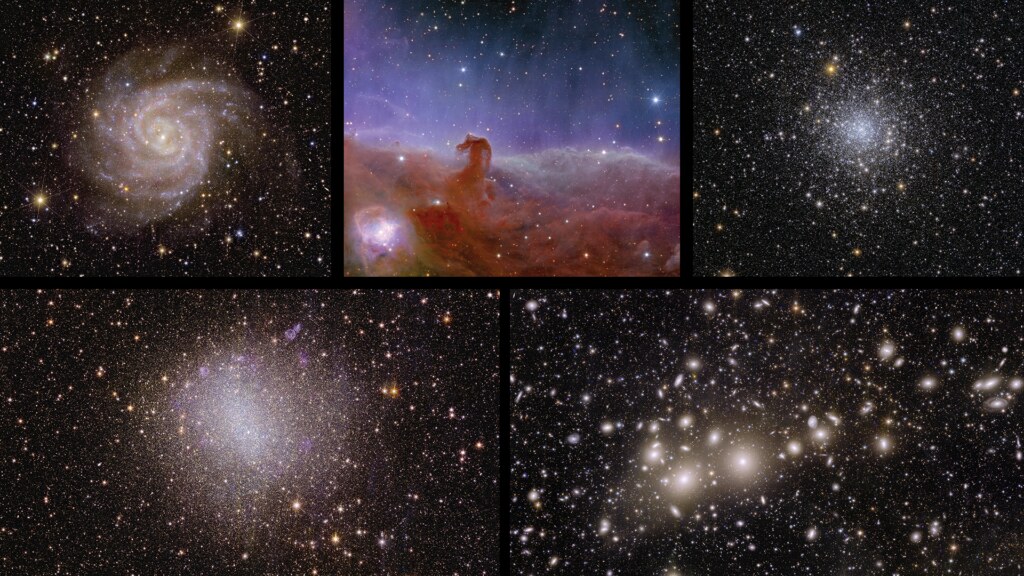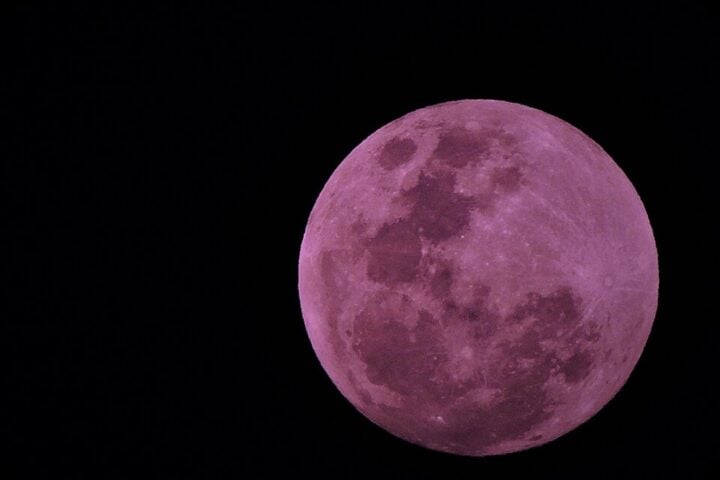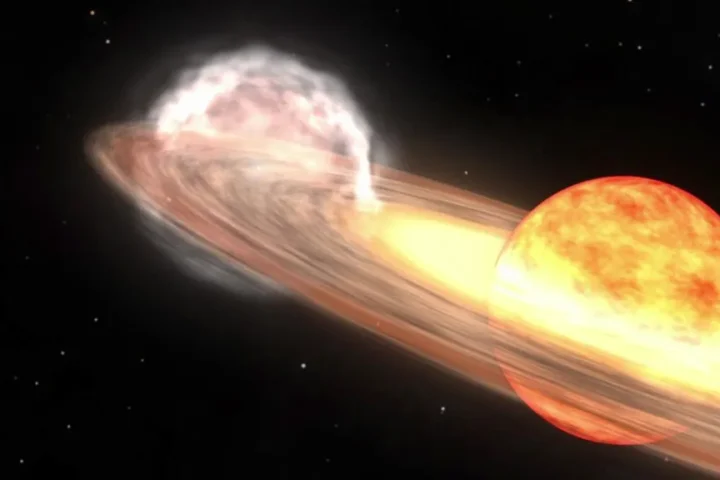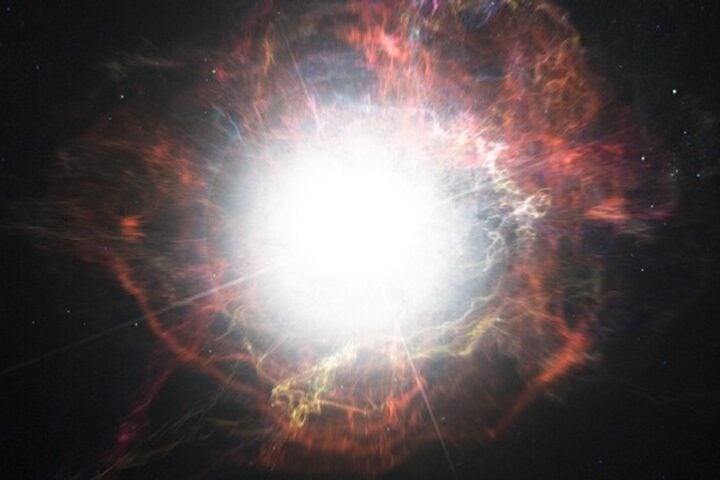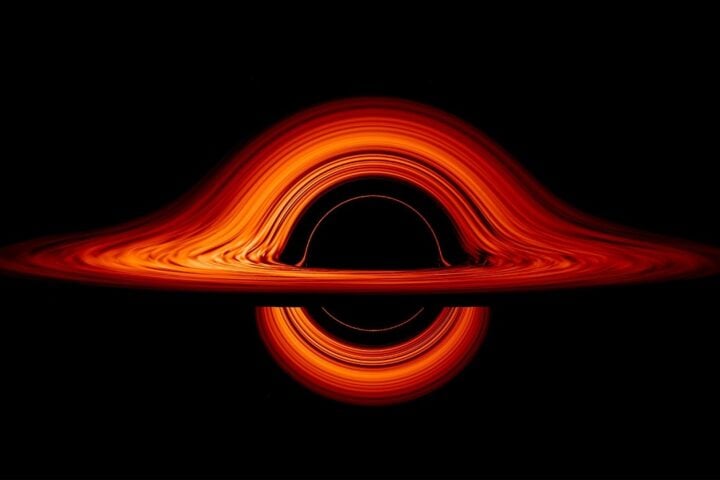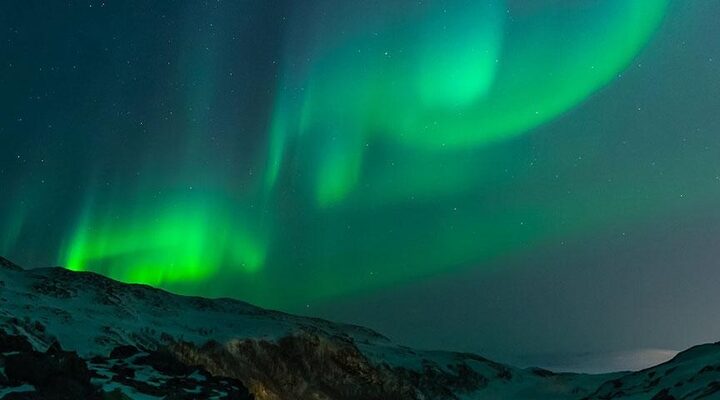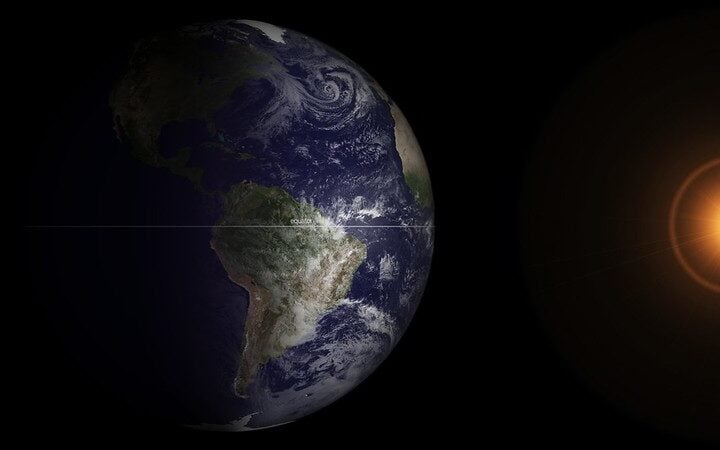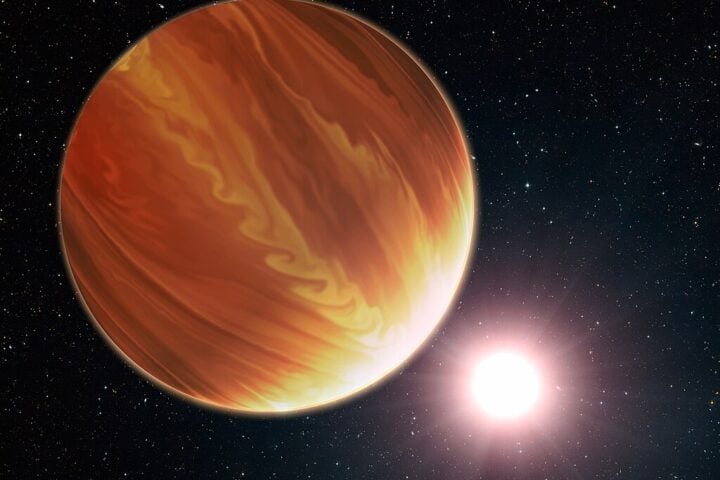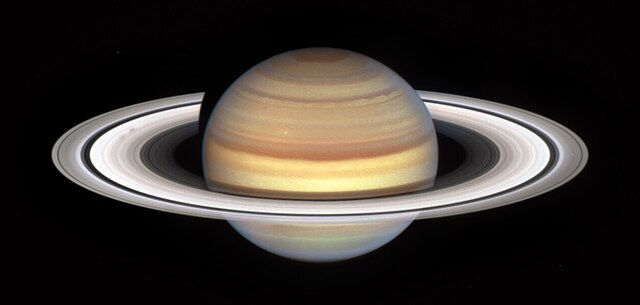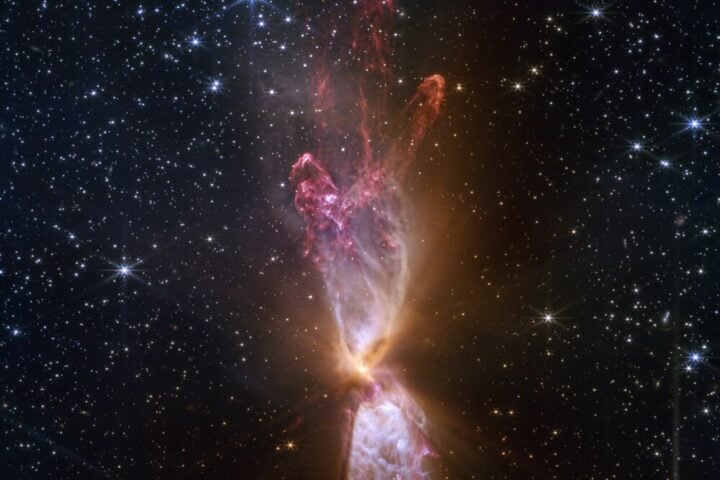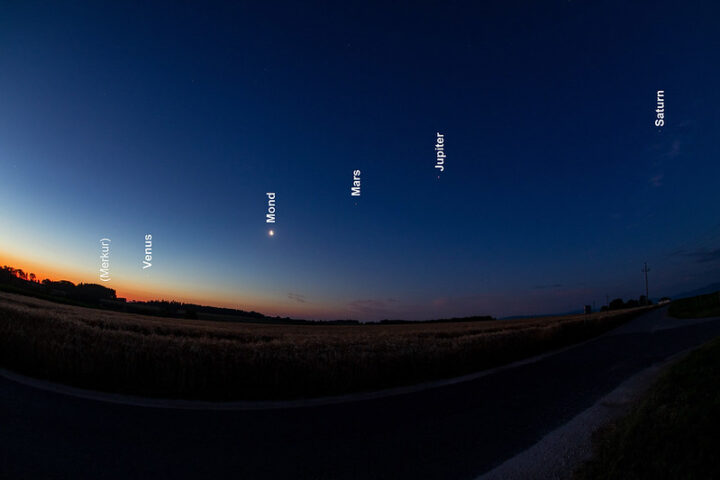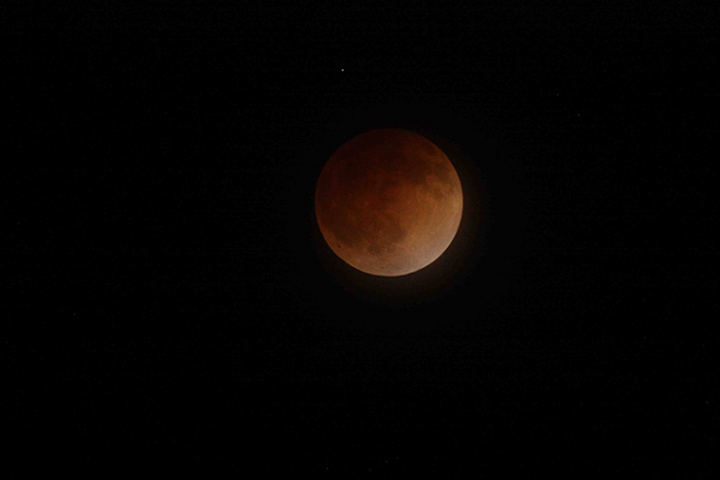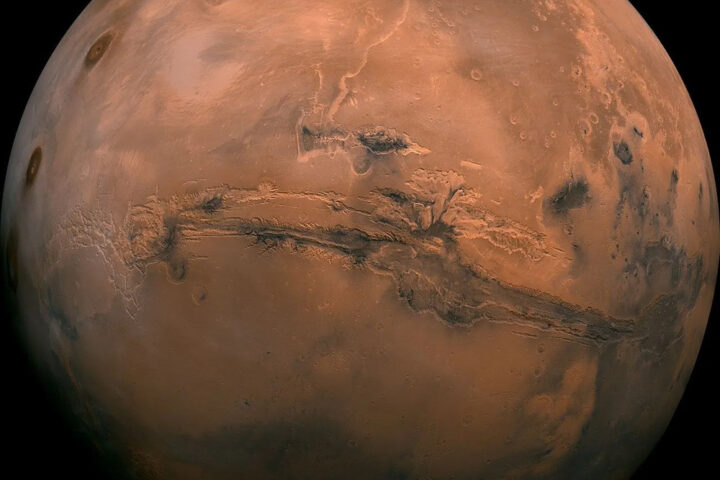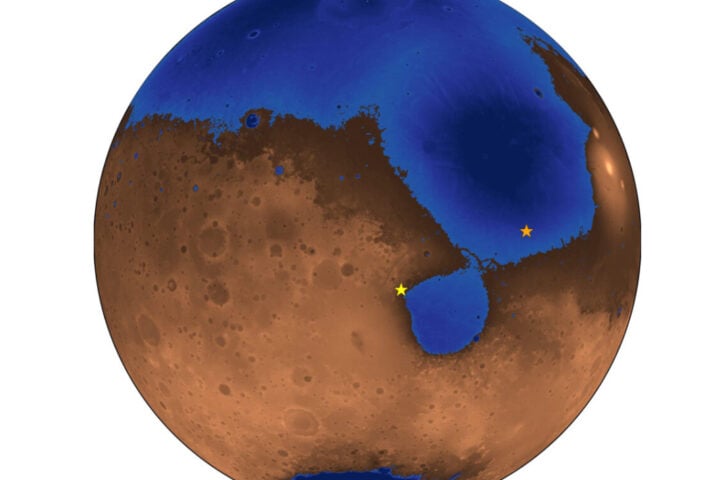One month after its launch, the European space telescope Euclid, soon to be positioned 1.5 million kilometers from Earth, opened its eye to capture its first images. These test images, whose publication marks a great relief for the teams of the European Space Agency (ESA) mission, who have been working on this project for over a decade, indicate that the two instruments of the telescope designed to unlock the secrets of dark matter and dark energy, a visible light imager (VIS) and a near-infrared spectro-imager (NISP), are functioning perfectly.
The high quality of these initial images, produced with minimal system adjustment, suggests that the space telescope will meet, or even surpass expectations, in both the visible and near-infrared. It should therefore be able to accomplish its scientific mission, which consists of producing the largest and most precise 3D map of the Universe ever created, while measuring the shape, position, and distance of galaxies up to 10 billion light-years away, covering one-third of the sky.
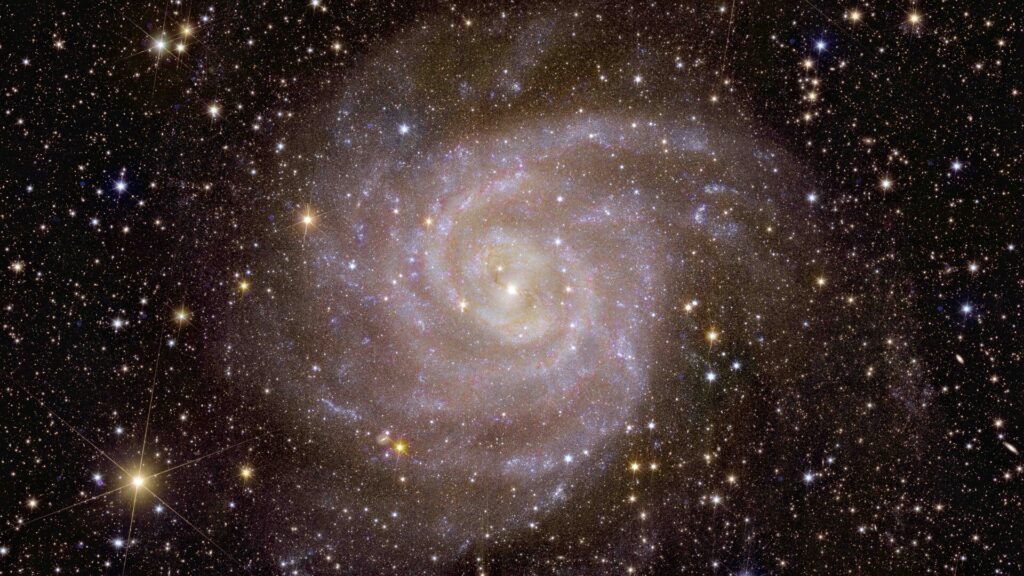
“Euclid was designed to look at the dark universe so it takes amazingly detailed pictures of the sky from space. But this means that the data are useful for studying the bright universe too, beyond the mission’s objectives,” explains Douglas Scott, Professor of Physics and Astronomy at UBC and member of the Euclid Consortium. “With just a day’s worth of data, we’re already finding planet-sized objects nearby and probing the nature of dark matter through gravitational lensing” he adds.
As per Douglas Scott, the main objective of the telescope is to map one-third of the sky to create a 3D map of the Universe and study dark matter and dark energy. Scientists focus on only one-third of the sky because that’s where we can see the distant Universe without nearby celestial objects obstructing our view.
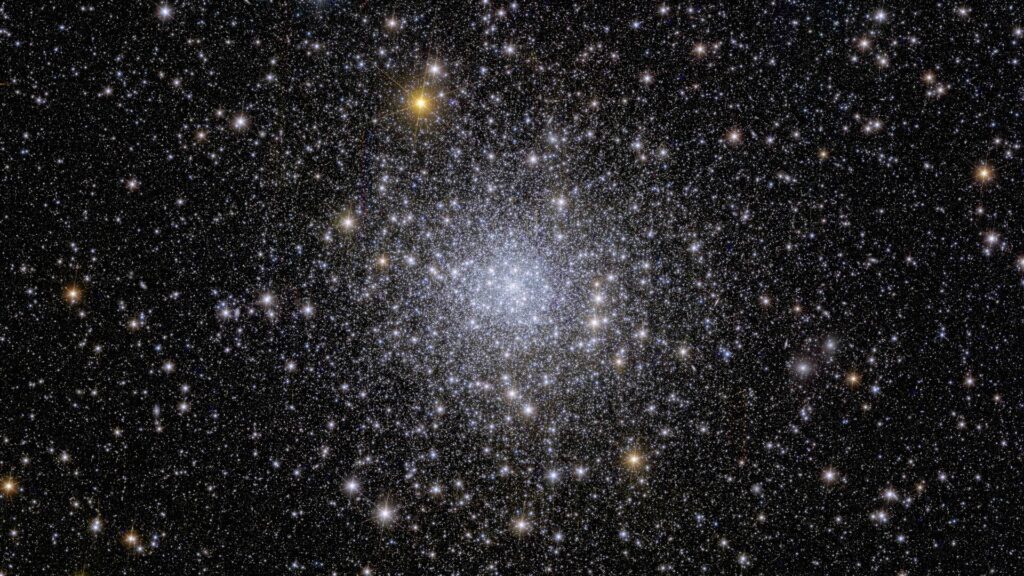
“Dark matter pulls galaxies together and causes them to spin more rapidly than visible matter alone can account for; dark energy is driving the accelerated expansion of the Universe. Euclid will for the first-time allow cosmologists to study these competing dark mysteries together,” elaborates ESA Director of Science, Professor Carole Mundell. “Euclid will make a leap in our understanding of the cosmos as a whole, and these exquisite Euclid images show that the mission is ready to help answer one of the greatest mysteries of modern physics,” she says.
Similar Posts
There are many theories about what dark matter is made of, but scientists agree that it is abundant and only interacts through gravity. Dark energy, on the other hand, is a force that, according to them, is responsible for the expansion of the Universe.
While the astronomers hope to learn something new about dark matter or dark energy, or to discover something entirely unknown, they remain philosophical. “The quality of these very beautiful images shows that Euclid is poised to carry out its mission to study dark matter and dark energy and will enable a wide range of other science across the whole of astronomy,” says Professor Mark Cropper (Mullard Space Science Laboratory at UCL), who has led on designing and developing the VIS optical camera over 16 years. “The Euclid survey will cover most of the sky not obscured by our Milky Way and it is these objects which will tell us about dark matter and dark energy,” he adds.
